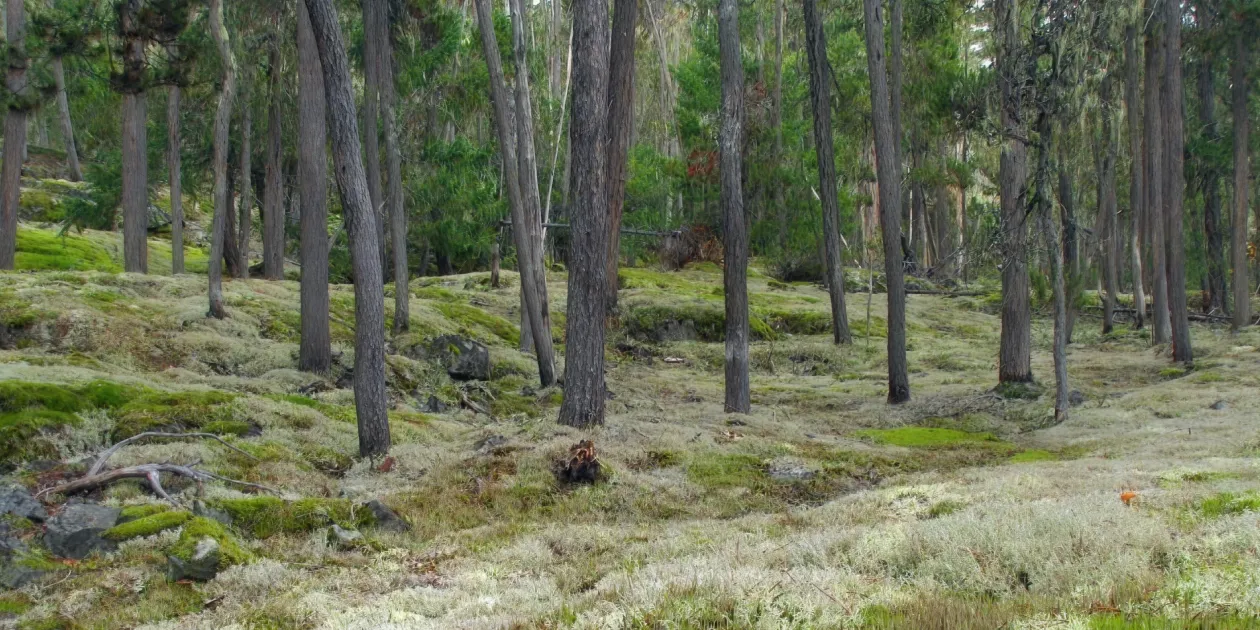Community-Led Forest Management in Cheakamus Community Forest
Brinkman partnered with the Cheakamus Community Forest and Ecotrust Canada to develop a carbon offset project that makes ecosystem-based management financially viable. By changing how and where harvests were undertaken, and protecting ecological values, the community forest secures both climate benefits and sustains local livelihoods.

Project Details
Location: Cheakamus Community Forest, Whistler, BC (32,000 hectares)
Client / Partners: Cheakamus Community Forest (Resort Municipality of Whistler, Lil’wat Nation, Squamish Nation), Ecotrust Canada
Project Type: Community forestry, carbon offsets, ecosystem-based management (EBM)
Scale: Harvesting aligned with natural disturbance patterns and rates across 32,000 hectares; offsets validated in 2014 and verified in 2015
Project Overview
The Cheakamus Community Forest (CCF) spans 32,000 hectares of crown land in the Sea-to-Sky corridor, on the unceded territories of the Lil’wat Nation and the Squamish Nation. Managed under a Community Forest Agreement since 2009, the CCF is jointly governed by the Resort Municipality of Whistler, the Lil’wat Nation, and the Squamish Nation.
Seeking to move beyond “business as usual” forestry, the CCF adopted an Ecosystem-Based Management (EBM) plan that refocussed management on retaining important ecological and cultural values, and aligning harvest design and implementation with natural disturbance patterns and rates. Achieving these outcomes required reducing overall cut, and significantly increased management costs and the cost of harvest. To make this financially viable, Brinkman and Ecotrust Canada worked with the CCF to design a forest carbon offset project under BC’s Emission Offsets Regulation.
By monetizing the carbon stored in trees rather than released as CO₂, the offset project enables the CCF to balance community livelihoods, ecological stewardship, and climate resilience.
Impact at a Glance
- 32,000 hectares under community-led forest management
- Retention of culturally, economically and ecologically critical ecosystem components and landscapes
- Offsets validated in 2014 and first verified in 2015
- Five key goals implemented:
- Protection of culturally and economically important forests
- Increased representation of old/mature forests
- Retention of older structural components during logging
- Protection of high-value ecological areas (e.g., riparian zones)
- Habitat enhancement for red- and blue-listed species
The Carbon Value of Community Forests
Brinkman and Ecotrust supported the Coastal Community Forest (CCF) in documenting and registering one of the first community-led Improved Forest Management (IFM) offset projects validated under BC’s Emission Offsets Regulation. The work included developing project plans and reports, overseeing validation and periodic verification, and designing monitoring systems to ensure long-term accountability. Technical expertise helped translate ecosystem-based management practices into measurable climate outcomes by quantifying baseline and project carbon pools as well as greenhouse gas emissions. The project also marketed and secured buyers for locally created offsets, ensuring they delivered both social and environmental benefits.
Outcomes
The Cheakamus Community Forest Offset Project demonstrates how Indigenous and municipal partners can manage forests for ecological integrity while sustaining local livelihoods. By valuing carbon sequestration, the project supports biodiversity, old-growth protection, riparian health, and habitat for species at risk — all while creating financial pathways to sustainably fund the project.
Brinkman’s role in developing and marketing offsets ensures the long-term financial sustainability of the community forest and establishes a model for other community-led climate and forestry initiatives in BC.



